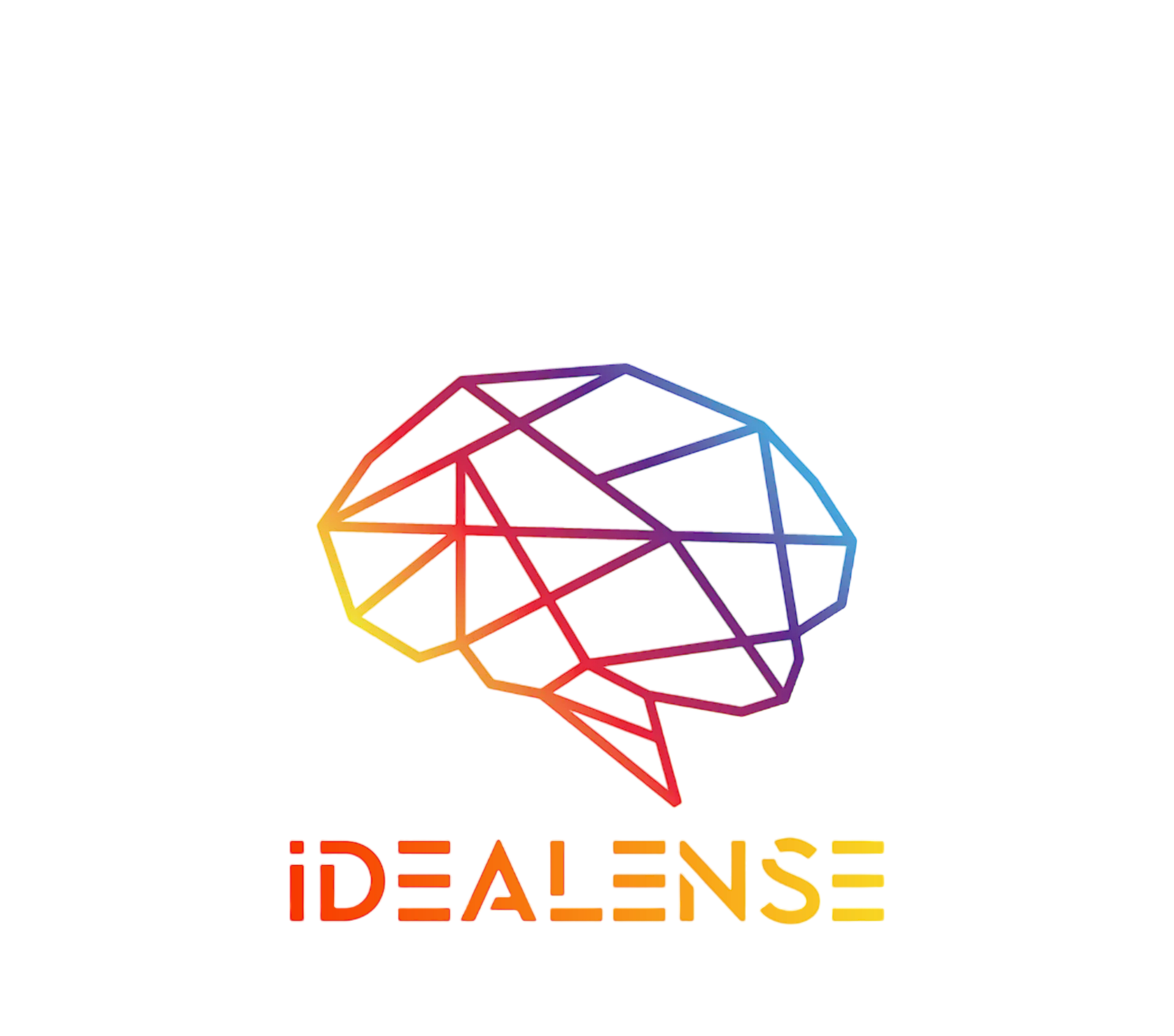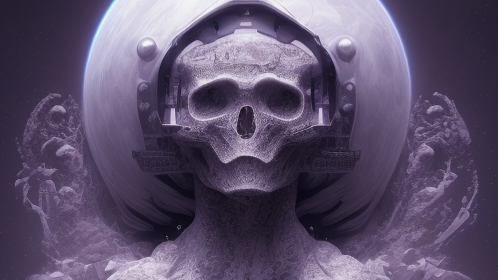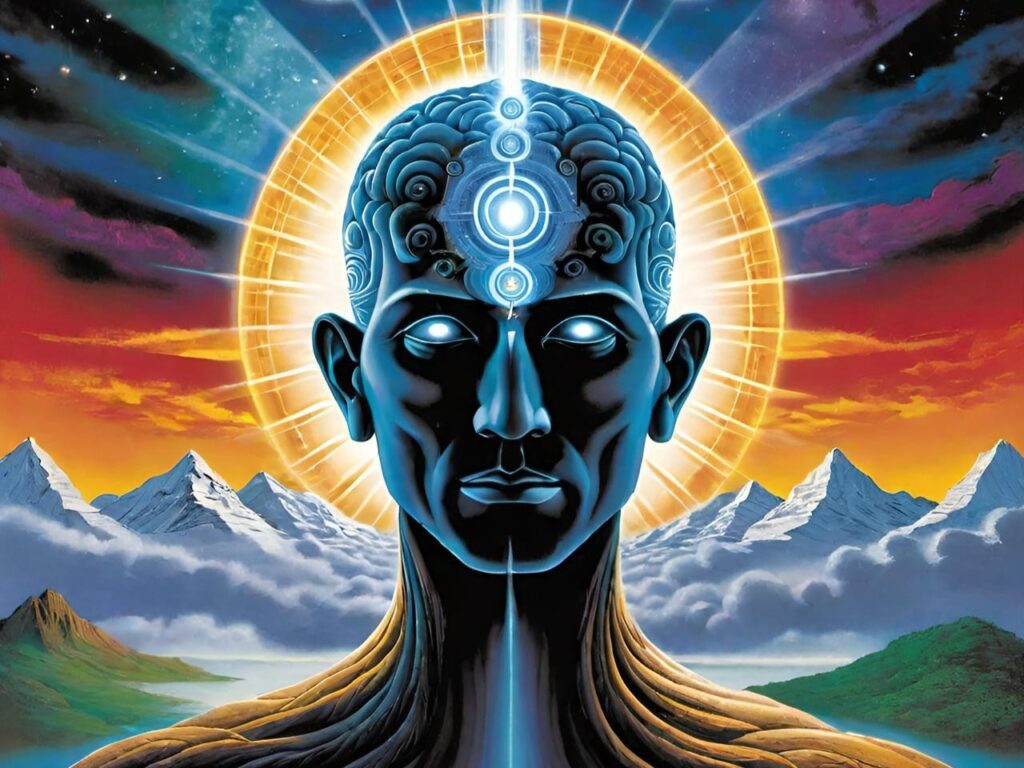Dreaming is a universal experience that has intrigued and mystified humans for centuries. Despite extensive research conducted on the subject, the true purpose and mechanisms of dreaming remain elusive. This article explores some of the most fascinating and unproven theories surrounding the enigmatic realm of dreams, delving into the neuroscience, psychology, and philosophy to unravel the depths of our sleeping minds.
The Activation-Synthesis Theory
One of the widely discussed theories is the Activation-Synthesis theory proposed by psychiatrist J. Allan Hobson and psychologist Robert McCarley. According to this theory, dreams are the result of random neural signals in the brainstem during rapid eye movement (REM) sleep. These signals are then interpreted and synthesized by the brain into coherent narratives, leading to the creation of dreams. The theory suggests that dreams are essentially a byproduct of the brain attempting to make sense of random neural activity.
The Threat Simulation Theory
Evolutionary psychologist Antti Revonsuo proposed the Threat Simulation Theory, positing that dreaming serves as a survival mechanism. This theory suggests that dreams simulate threatening scenarios, allowing individuals to practice and prepare for potential dangers in waking life. By providing a safe environment to experience fearful situations, dreams aid in developing adaptive responses to threats, potentially enhancing an individual’s chances of survival.

The Memory Consolidation Hypothesis
This theory suggests that dreams play a crucial role in the consolidation of memories. During sleep, the brain consolidates and organizes information acquired throughout the day, transferring it from short-term to long-term memory storage. Dreams, in this context, may serve as a replay of recent events or a means of integrating new knowledge into existing neural networks.
The Problem-Solving Theory
Dreams have long been associated with problem-solving and creative insight. According to this theory, dreams allow the brain to tackle complex issues in a more flexible and imaginative manner. During sleep, the brain has the freedom to explore ideas, make novel connections, and test unconventional solutions. By activating various regions of the brain that may not interact as frequently during wakefulness, dreams can unlock new perspectives and generate innovative solutions to real-world problems.
The Simulation Theory
Building upon the notion of dreams as simulations, the Simulation Theory suggests that dreams serve as a type of virtual reality experience. Dreams provide an opportunity for individuals to experiment with different scenarios and actions, creating a mental simulation of potential situations and outcomes. This theory posits that dreaming helps individuals develop cognitive skills, refine decision-making abilities, and explore alternate realities without the physical risks associated with waking experiences.
The Collective Unconscious
Psychiatrist Carl Jung introduced the concept of the collective unconscious, referring to the shared reservoir of human experience and knowledge. According to Jung, dreams tap into this collective unconscious, unlocking hidden archetypes, symbols, and ancient imagery. Dreams are then interpreted as messages from the deeper realms of the human psyche, offering insights into underlying personal and collective unconscious processes.
Conclusion
Dreams remain an intriguing subject that continues to fascinate researchers and philosophers alike. The unproven theories surrounding dreaming illuminate the complexities of the human mind and its capabilities during periods of sleep. While these theories provide valuable insights into potential functions and interpretations of dreams, it is important to recognize that the nature of dreaming is still largely a mystery. By exploring these unproven theories, we invite curiosity, stimulate further research, and cultivate a deeper appreciation for the vast realm of human consciousness that unfolds in the realm of dreams.




